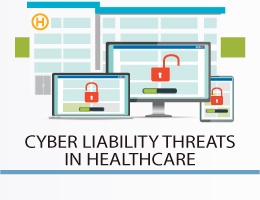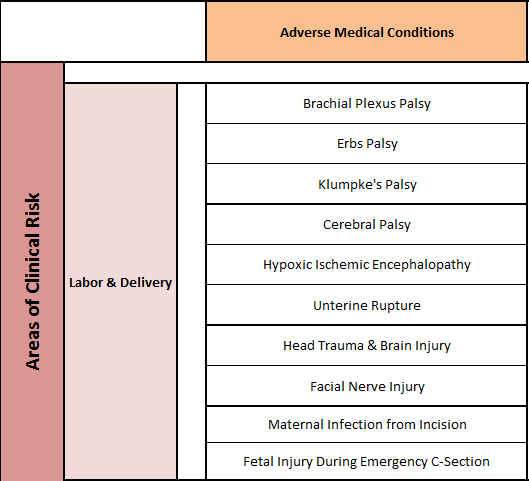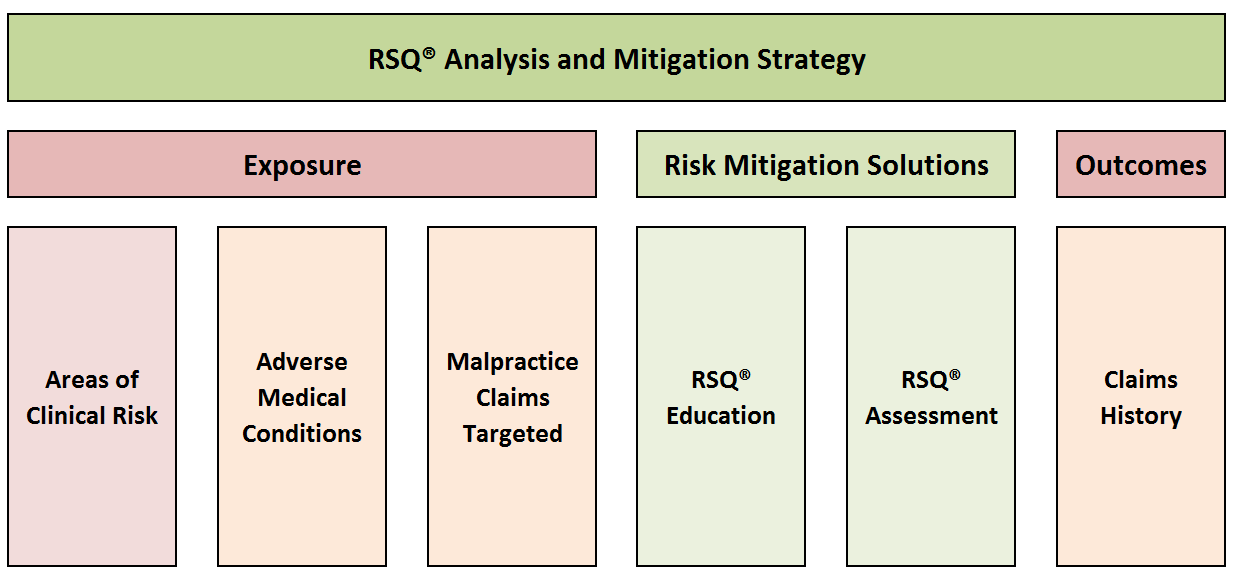
In general, practitioners don’t appreciate anything that “pops up” or gets in the way of their typical workflow. This aspect of some EMRs can cause dissatisfaction, even anger. A good example is warnings related to medication prescribing. In some programs, drug interactions of any severity and their complications litter the screen with overwhelming frequency. This simply becomes white noise and is soon ignored, sometimes to the peril of the patient as well as the practitioner.










